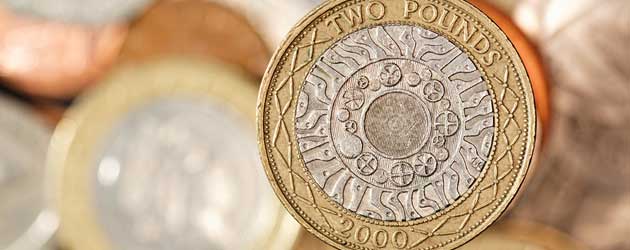
There were no significant UK data releases yesterday but the Pound found itself depreciating rapidly against all of its most-traded currency peers. The sharpness of the moves caught some investors off-guard and left many analysts scratching their heads trying to explain Sterling’s sudden bout of weakness.
The Pound declined by around -1.5 cents against the US Dollar (GBP/USD), -0.8 cents against the Euro (GBP/EUR), – 2.0 cents against the Canadian Dollar (GBP/CAD), -3.0 cents against the Australian Dollar (GBP/AUD), -3.5 cents against the New Zealand Dollar (GBP/NZD) and -3.5 cents against the Japanese Yen (GBP/JPY).
Some commentators put the Pound’s poor performance down to an announcement from the UK Treasury indicating that it will honour all debts regardless of what happens in the Scottish referendum. The statement was designed to reassure owners of British Gilts that their bonds will not be subject to any nasty surprises even if Scotland votes to leave the United Kingdom.
The argument is that by taking on a potentially large debt load, the UK Treasury could have bitten off more than it can chew, but in practice the money will be recuperated fully from the newly-formed Independent Scotland anyway. All things considered, the announcement is more likely to have assuaged investor fears than sparked them.
Another potential reason for Sterling’s tempestuous day on the currency market yesterday is that investors could be continuing to punish the Pound for the UK’s bog-standard November Industrial Production, Manufacturing Production and Construction output figures.
However, all three data releases were announced on Friday morning and Sterling was suitably chastised in the immediate aftermath. The fact that GBP did not suffer any great losses during the Asian session yesterday suggests that the Pound’s descent was not primarily a reaction to the disappointing trio of ecostats.
The most likely reason for Sterling’s tanking yesterday is that investors became nervous ahead of this morning’s crucial British Consumer Price Index print.
The CPI figure is predicted to come in at an annualised rate of 2.1% whilst the monthly score is forecast to mirror a 0.5% increase from the year earlier.
0.5% is a relatively large monthly jump in prices, which explains why some traders were skeptical that inflation could improve by such a figure for the second December in a row.
It stands to reason that IF CPI increased by less than 0.5% last month, then the headline inflation print could also come in below economists’ forecasts. This raises the prospect of the British Consumer Price Index falling to a fresh 4-year low, and possibly sliding below the Bank of England’s 2.0% target for the first time since 2010.
Under this scenario the BoE would have an increased license to keep interest rates at the current record low, which would subsequently have a bearish impact on Pound Sterling trading.
In conclusion, it was CPI fears that most likely to dragged the Pound down yesterday, and it will be the CPI print that dictates market movement during today’s session. If the figure exceeds the market consensus then we could see Sterling surging back up the currency board, however, if we see inflation falling below 2.0%, as many traders fear, we could witness another anemic day for the Pound.

Comments are closed.